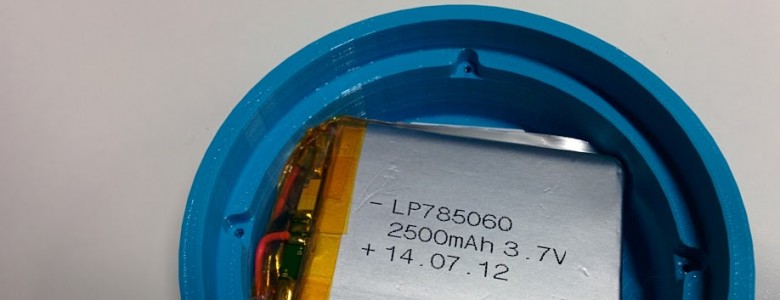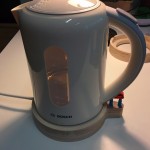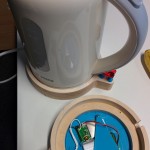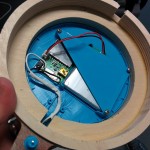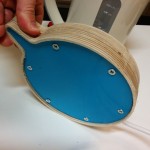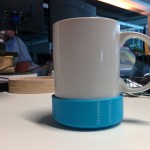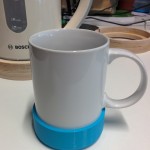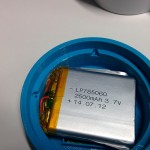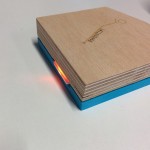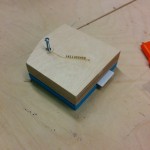The specific objective of the Open Instrumentation is to support the development of machine learning algorithms for design analysis and ideation, through the ad-hoc instrumentation of household objects. Its aim is to reveal insights into routinised practices, and to begin building datasets that will feed the machine learning algorithms and become the material from which future ideations and novelties will be built.
The initial plan for developing a digital platform of material objects was centred around the instrumentation of three objects: a kettle, a fridge, and a cup (k-f-c). These objects were to be simply instrumented to passively collect and upload data about their use to an online database. The datasets created from these objects would be used to fuel the ML algorithms developed by Neil Rubens and Alexander Chernyshev. It was hoped that these datasets could also be used as a stimulus for ideation by designers at a later stages of at the project.
The design of the instrumented objects had to take into consideration a number of factors including; the components requiring housing; the function and use of the object in question; the timescale and the ease and practicality of construction and implementation; the longevity of the objects, their rigidity and ability to wear; their ability to collect accurate and unbiased data; their potential publication; and of course their situatedness within people’s homes and personal environments.
The objects were designed through an iterative process of designing; prototyping; and refining. The design of 3D models was undertaken in both Solidworks and Rhino and the majority of the iterative prototyping was undertaken using the in-house 3D printer at Edinburgh University.
Currently, the cups and the fridge magnets are under development. The kettles are being used in 10 homes in 5 different countries for 2 months and have been collecting data which can be seen here.
- The kettle was to be connected via a current sensor which would recognise when the appliance was drawing current or not.
- The kettle was to be connected via a current sensor which would recognise when the appliance was drawing current or not.
- The kettle was to be connected via a current sensor which would recognise when the appliance was drawing current or not.
- The kettle was to be connected via a current sensor which would recognise when the appliance was drawing current or not.
- The cup was to record values through the use of an attached accelerometer.
- The cup was to record values through the use of an attached accelerometer.
- The cup was to record values through the use of an attached accelerometer.
- The fridge was to be connected via a contact switch which would recognise whether the door was open or not.
- The fridge was to be connected via a contact switch which would recognise whether the door was open or not.

